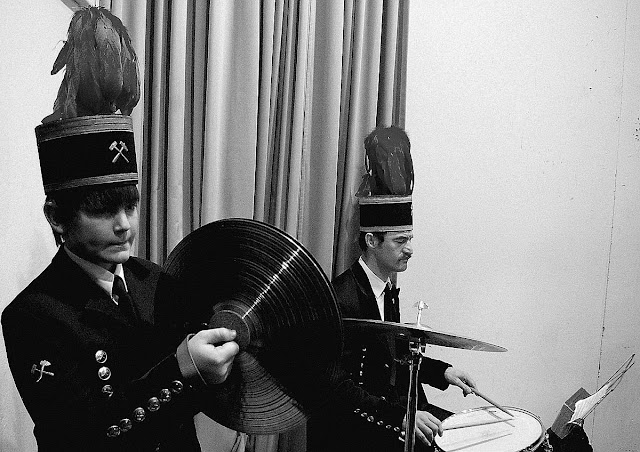 |
| Combien d'avions dans le ciel ? How many planes in the sky ? Wieviele Flugzeuge im Himmel ? |
Last publications . Die letzte Publikationen.Mes deernières publications
dimanche 26 décembre 2010
jeudi 23 décembre 2010
jeudi 9 décembre 2010
Arrowhead - pointe de flèche -
dimanche 5 décembre 2010
Sainte Barbe, die heilige Barbara, sanMusita Barbara
mardi 16 novembre 2010
In the mountain Vosges - Vogesen- Vosges
 |
| Chaume primaire sur les hauteurs du Grand Ballon. (Photo HDR) |
 |
| Pour se souvenir. |
mardi 9 novembre 2010
Sorbopyrus auricularis , Bollwiller pear, la poire de Bollwiller
Trouvé ce matin à Bollwiller, ce poirier hybride (entre un sorbier et un poirier sauvage) qui a fait la réputation de Bollwiller. Voici un texte en anglais qui en parle.
Two photos from de Bollwiller pear
X Sorbopyrus auricularis (Knoop) Schneider
AN UNUSUAL PEAR RELATIVE
Sorbopyrus is slow to begin bearing, but the tasty fruit is worth the wait. Fruits are turbinate, about 2 inches long and wide, and ripen in mid-August. They are about the size of a plum or large apricot, slightly pear shaped, and ripen to a deep yellow with an attractive orange-red blush when exposed to the sun. The lack of viable seeds, which appear as shriveled up seed coats, attest to its hybrid origin.
Like its Sorbus parent, Sorbopyrus is quite hardy. Rehder lists it as zone 5. It seems to be quite resistant to scab and other diseases. In years when unsprayed 'Bartlett' pears are completely covered with scab, Sorbopyrus has only a few scattered spots. It is apparently susceptible to fireblight, however.
Sorbopyrus has been renamed many times during the past 400 years. The plants introduced from Paris were labeled X Pyrus malifolia Spach. Taxonomists have reassigned this plant to a number of different genera and species inluding: "Pyrus malifolia", "Pyraria malifolia", "Sorbus bollwylleriana" and "Bollwilleria auricularis". A type reputed to be more pear-like, with fruit to 4 cm across is listed by Rehder as Sorbopyrus auricularis var. bulbiformis (Tatar) Schneider. Perhaps this is the type we are growing, as we have measured a few fruits over 6 cm across. We grow Sorbopyrus on pear rootstock, and are investigating the effect on pear cultivars when it is used as an interstock.
J. D. Postman, 12/95
samedi 16 octobre 2010
Sur la route. On the road. Auf dem Weg
 |
| Village in Lozère. Ein kleines Dorf. |
 |
| Le château de Vogüe (Ardèche). The castle of Vogüe (A(rdèche). Die burg von Vogüe (Ardèche). |
Olives. Oliven.
Mende (Lozère)- France
 |
| Toits en carène de bateau - boatkeel roof . Kielbootdach |
 |
| L'ancien pont. The old bridge. Die alte Brücke. |
vendredi 10 septembre 2010
jeudi 12 août 2010
Rose

Meine schönste Rose: gelb am Morgen, rosa am Abend.
My prestiest rose: yellow in the morning, rose in the evening....
lundi 9 août 2010
Inscription à :
Commentaires (Atom)













































